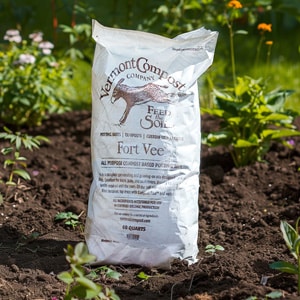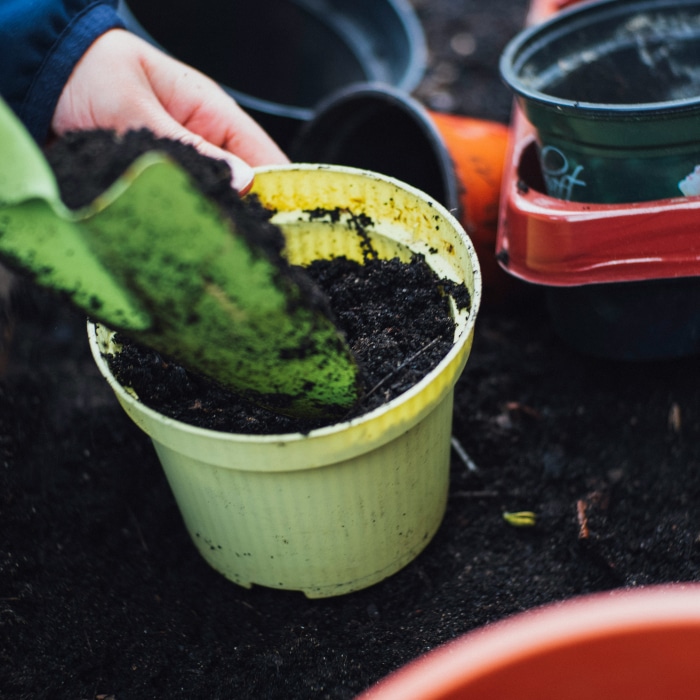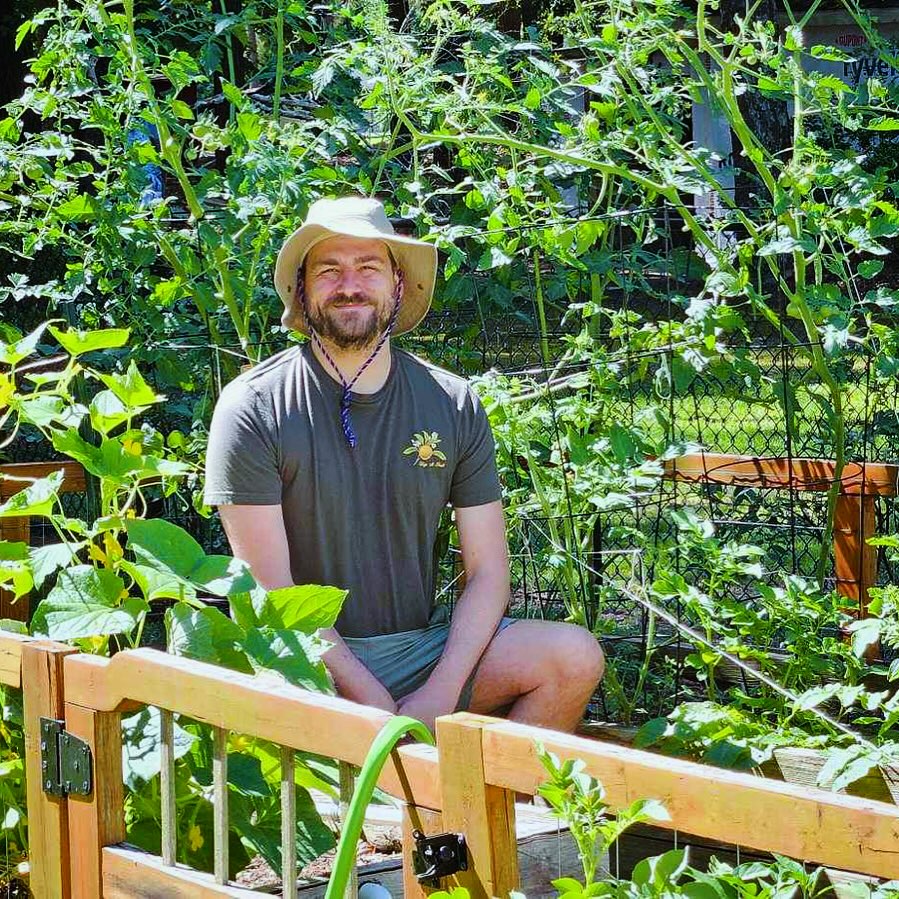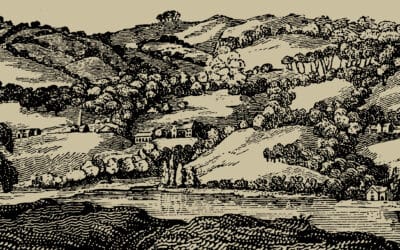Searching the aisles of garden centers or scrolling through endless online listings in search of the perfect organic potting soil can be a tough task for any gardener.
The challenge grows when you’re committed to organic gardening. You’re not just looking for soil; you’re trying to find a medium that supports plant life without compromising the health of our planet.
The problem isn’t just the overwhelming options, but also finding a mix that is both truly organic and effective. Many products come packaged with organic labels, yet fail to deliver results or sustain plant health in the long run, leaving gardeners and their plants in a tough situation.
The frustration grows as we consider the consequences of choosing poorly—plants struggling to grow, soil quality decreasing rapidly, and the environmental guilt of using products full of synthetic chemicals.
However, the solution is simpler and more accessible than it might seem: high-quality organic potting soil, created for both indoor and outdoor plants, that promises an easily maintained gardening experience
TL;DR
We aim to:
- Address the challenges gardeners face when selecting the right organic potting soil, emphasizing the importance of a medium that supports plant life without harming the planet.
- Explain the different benefits of organic potting soil, including its eco-friendly nature, nutrient richness, and ability to support a healthy soil ecosystem.
- Guide readers through the process of choosing the right organic potting soil by assessing plant needs, highlighting key ingredients like compost, perlite or vermiculite, and coir or peat moss.
- Advocate for customizing organic potting mix to suit specific plant requirements, offering a hands-on approach to gardening that deepens the gardener’s understanding.
- Debunk common myths surrounding organic potting soil, highlighting its cost-effectiveness and superior performance compared to conventional soil mixes, and conclude with an urge for gardeners to embrace organic gardening practices for a thriving garden.
What Makes Organic Potting Soil Different?
Organic potting soil stands out for its composition—free from synthetic fertilizers and pesticides, it is a blend of natural materials like compost, peat moss, bark, and coir.
This mix not only feeds the plants but also nurtures the ecosystem within the soil, supporting helpful microorganisms and making sure roots have a healthy growing environment.

Benefits of Using Organic Potting Soil for Your Plants
Choosing organic potting soil is a decision that produces numerous benefits. It’s an eco-friendly choice that reduces your carbon footprint and ensures your gardening practices are long lasting.
Rich in nutrients, it provides everything your plants need to grow strong and healthy, enhancing plant health and yield. The improved soil structure promotes water retention and aeration, necessary for root development.
In my experience in sustainable gardening, switching to organic potting soil marked a turning point. The noticeable health of my plants was obviously different from the dull growth I found with conventional mixes. It was proof of the strength organic soil could bring into the garden.
Choosing the Right Organic Potting Soil
Selecting the perfect organic potting soil is not just about picking a bag off the shelf; it’s about understanding the unique needs of your plants and creating an environment where they can thrive.
Each plant species comes with its own set of requirements, from moisture levels to pH preferences. A one-size-fits-all approach does not work when it comes to organic gardening.
We know that searching for products online can be an overwhelming process, so we recommend trying these. I’ve had a lot of success with both of these brands.
As an Amazon Associate we earn from qualifying purchases

Fort Vee – Organic Potting Soil Mix
Brand: Vermont Compost Company
Item Volume: 20 Quarts

FoxFarm Ocean Forest Potting Soil Mix
Brand: The Hydroponic City
Item Volume: 12 Quarts
Here’s how to ensure you choose or create the right mix for your green companions.
Understanding Plant Needs
The first step in selecting an organic potting soil is to assess the specific needs of your plants:
- Moisture Requirements: Some plants, like ferns and calatheas, thrive in moisture-retentive soils, while succulents and cacti prefer well-draining mixes that prevent root rot.
- pH Preferences: Most plants favor a neutral pH range (6 to 7), but there are exceptions. Blueberries and azaleas, for example, thrive in more acidic soils (pH 4.5 to 5.5). Testing your soil’s pH and adjusting it with organic materials can ensure it meets the needs of your specific plants.
Key Ingredients for Organic Potting Soil
A well-formulated organic potting mix should include:
- Compost: This is the backbone of any organic potting mix, as it provides a rich source of nutrients and microorganisms.
- Perlite or Vermiculite: These minerals improve soil aeration and drainage. Perlite is best for plants requiring well-drained soil, while vermiculite holds more moisture, suitable for plants that prefer a damp environment.
- Coir or Peat Moss: Both forms of moss are excellent for holding moisture. Coir, a sustainable byproduct of coconut harvesting, is gaining popularity as an eco-friendly alternative to peat moss.
Customizing Your Mix
Creating your own organic potting mix allows you to make sure the types of soil fit the needs of your plants.
Start with a base of compost for nutrition, then add perlite or vermiculite and coir or peat moss in ratios that match your plants’ moisture and aeration requirements.
For instance, a mix for succulents might consist of one part compost, two parts perlite, and one part coir, offering excellent drainage and just enough moisture retention.
This hands-on approach meets your plants’ needs while connecting you to the very essence of gardening.
Mixing your soil lets you control the quality and composition of what you’re offering your plants, making sure they have the best possible foundation for growth.

Tips for Success
- Experiment and Adjust: Don’t be afraid to adjust your mix based on how your plants respond. Observation is important in organic gardening.
- Research Your Plants: Each plant is unique. Spend some time learning about their specific needs regarding soil pH, moisture, and nutrient requirements.
- Sustainability: Select sustainable ingredients where possible. Coir is a great alternative to peat moss, and homemade compost recycles kitchen waste while enriching your mix with diverse microorganisms.
Selecting or creating the right organic potting soil allows gardeners to discover, experiment, and connect with nature. If you are growing food, you will be able to safely choose the right soil for a vegetable garden.
By understanding the needs of your plants and adjusting your soil mix to meet those needs, you support a healthy and vibrant garden.
This approach represents the basis of organic gardening—nurturing plants in harmony with the environment, leading to a successful garden ecosystem.
Debunking Common Myths About Organic Potting Soil
Common misunderstandings about organic potting soil often prevent gardeners from making the switch from artificial to organic. Concerns over cost and effectiveness exist, but there is no proof to support these claims.
Quality organic potting soil can be cost-effective, especially when you consider the long-term health of your garden and the environment.
Additionally, the effectiveness of organic soil, in my experience, is greater than that of conventional mixes. The evidence is that my plants show stronger growth and resilience.
Conclusion
Finding the perfect organic potting soil for indoor and outdoor plants is more than a search for a gardening product—it is a step toward taking on a sustainable lifestyle.
By choosing organic, you contribute to a healthier planet, enrich your gardening experience, and enjoy the blooming beauty of your own garden.
I encourage you to dive into the world of organic potting soil. Experiment with creating your mix or select a product that lines up with your gardening ethics.
The result will be a colorful garden that proves your commitment to sustainability and the well-being of the environment.
Join the growing community of gardeners who have made the switch to organic, and witness the undeniable impact on your garden and the planet.







